 |
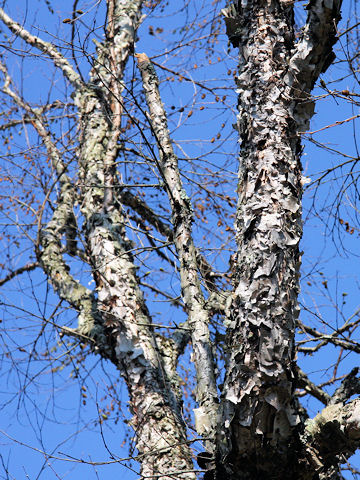

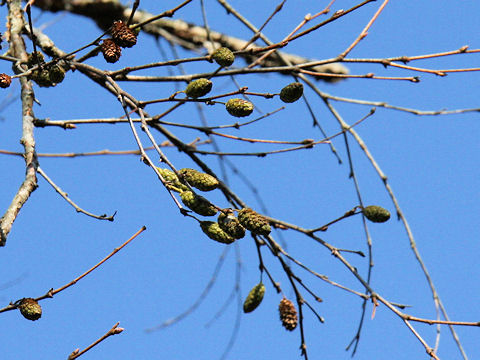

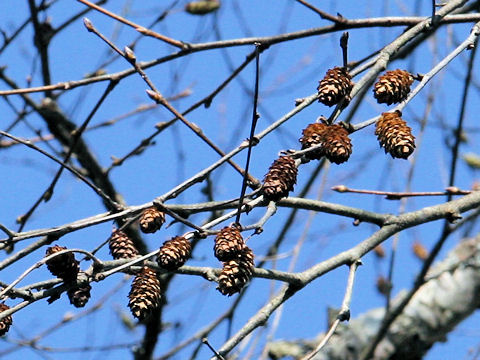

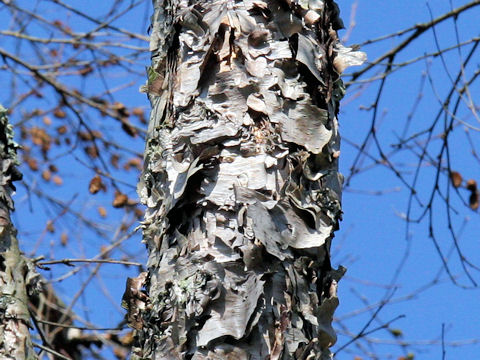

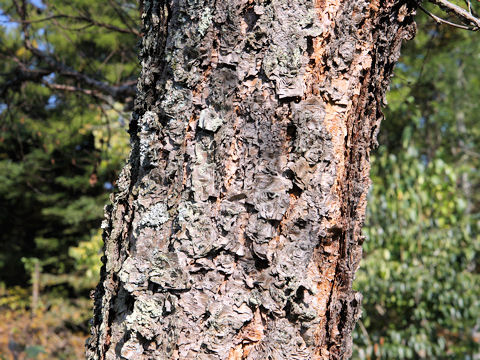

|

|
íªÌ{BAnûÈk©çkC¹A©N¼Ak»êÉEX[nûÈÇɪzµÄ¢Ü·Bú½èÌÇ¢Rnɶ¦A³ÍPT[gÙÇÉÈèÜ·B÷çÍDF©çDFÅAØÐóÉôdÉܷࣵBtÍ`©çH`ó`ÅAæ[ÍsëèAݶµÜ·BÉÍsµ¢Èª èÜ·BY¯ÅAS©çT²ëAtÌWJƯÉÔð穹ܷBYÔÍ·}ÌæÉQ`RÂ꺪èAÔÍZ}ɼ§µÜ·BÊÀÍ·È~`ÌÊÅAX©çPOÉnµÜ·Ba¼ÍA÷çªôdÉàªêé±Æ©çBêÅÍuüKihei huajvÅ·B
|

|
JomLÈJomL®ÌtØÅAw¼Í Betula davuricaBp¼Í Dahurian birchB
|

|
The Dahurian birch (Betula davurica) belongs to Betulaceae (the Birch family). It is a tall deciduous tree that is distributed northward from Chubu districrt of Honshu to Hokkaido in Japan, the Korean Peninsula, eastnorthern China and Ussuri. This tree grows in sunny mountains and can reach about 15 m in height. The barks are grayish-brown to gray and furrowed into bulky scaly ridges. The leaves are ovate to diamond-ovate and alternate with acute tips. They have irregular serratus edges. It is monoecious. The flowers bloom in April to May as soon as foliation. The two to three male flowering clusters are borne and drooping at the terminal long branches, and the female flowering flowers are borne and erect at the short branches. The fruits are oblong nuts and ripen in September to October. The Japanese name "Yaegawa-kanba" is because the bark peels off many times. In Chinese, it is called "üK" (hei hua).
|

|
·ì§yäò¬uyäò¬A¨vÉÄA2008N1018úBeB
|




